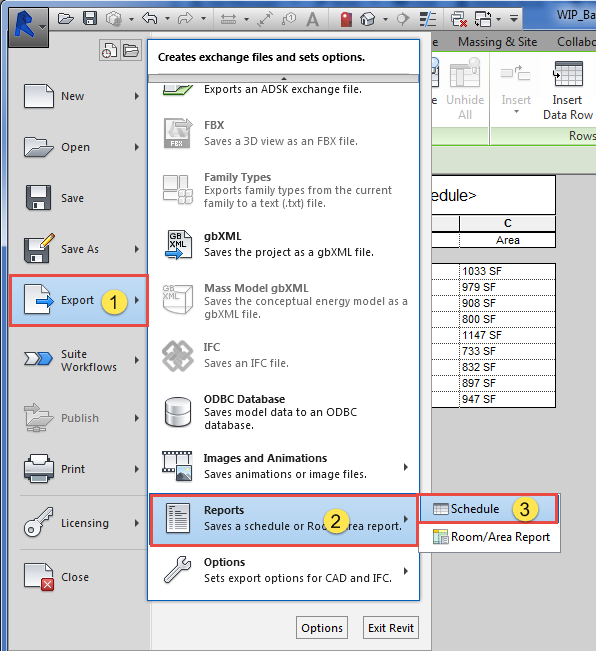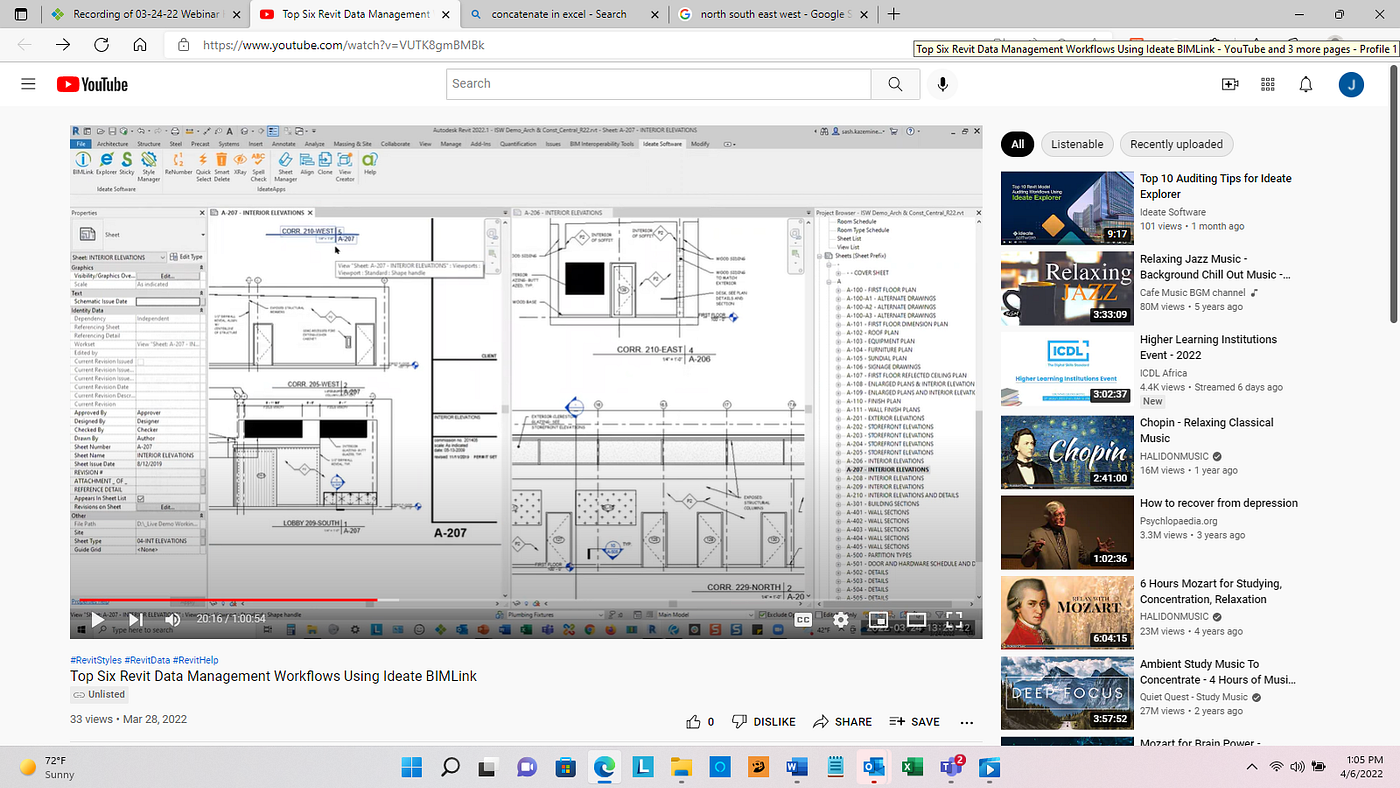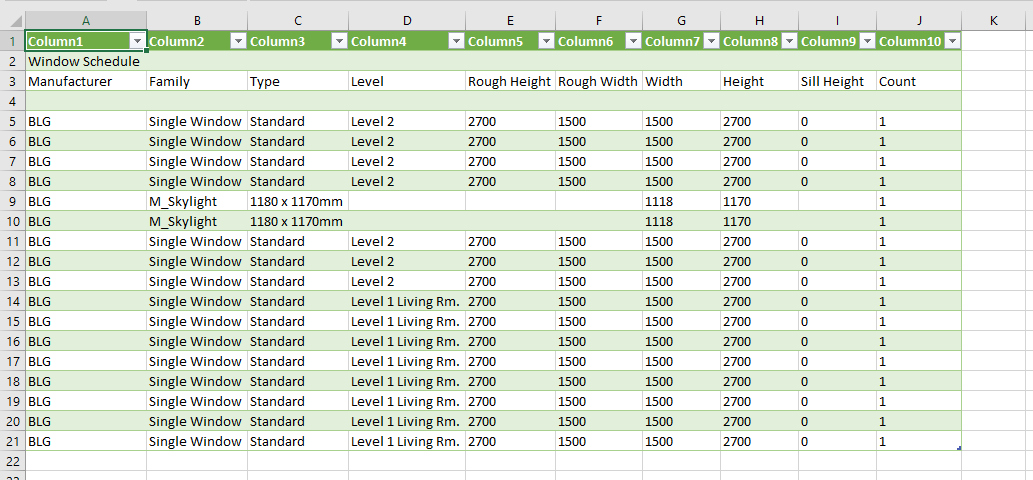Unlock New Opportunities with Innovative Revit Plugins
Wiki Article
Breaking Obstacles: Excel Importation Techniques for Advanced Revit Users
Are you a sophisticated Revit individual seeking to take your skills to the following degree? In this short article, we will reveal you just how to damage obstacles by leveraging Excel for importation in Revit. Explore different information importation techniques and master Excel integration to enhance your Revit modeling capabilities. With our techniques and tips, you can get over importation difficulties and come to be a real professional in utilizing Excel for your Revit tasks. Get all set to stand out in your Revit journey!Advanced Revit Users: Leveraging Excel for Importation
You can quickly leverage Excel for importation as an advanced Revit individual. Excel is a powerful tool that can substantially enhance your process and efficiency in Revit. With its capability to manage big quantities of information and perform complicated estimations, Excel can be an useful asset in managing and organizing your project information.One means to leverage Excel for importation is by utilizing the "Web link Excel" feature in Revit. This attribute enables you to connect an Excel spread sheet directly right into your Revit job, enabling you to upgrade and integrate data between the 2 programs. This can be particularly helpful when managing schedules or tracking modifications in your job.
An additional means to make use of Excel is by using the "Import/Export" function in Revit. This attribute permits you to import and export information in between Revit and Excel, giving you the flexibility to deal with data in both programs. You can import information from Excel into Revit to create elements such as rooms, walls, or doors, and you can additionally export information from Revit to Excel for more evaluation or coverage.

Exploring Information Importation Methods in Revit Making Use Of Excel
Discovering how to import information from Excel right into Revit offers effective techniques for incorporating details. When you import information from Excel, you can perfectly transfer information such as area timetables, material checklists, and tools data right into your Revit job. This process enables you to save time and effort by preventing hands-on data entry.To import data from Excel right into Revit, you can make use of the "Import/Export" attribute. This attribute enables you to map the Excel data areas to the equivalent Revit specifications, making certain that the details is appropriately designated within the design. By picking the suitable import options, you can control how the information is imported and just how it engages with your job.
Another approach for importing data from Excel right into Revit is by utilizing Dynamo. With Eager beaver, you can produce customized manuscripts that import data from Excel and manipulate it within your Revit job.
Understanding Excel Combination for Advanced Revit Modeling
Mastering Excel combination for sophisticated Revit modeling includes using efficient approaches to perfectly move data and automate jobs within your project. By harnessing the power of Excel, you can improve your Revit modeling operations and save valuable time. One crucial technique is importing information from Excel spreadsheets straight into your Revit design. This allows you to populate parameters, such as room names or material quantities, with convenience. With a couple of simple actions, you can map the Excel columns to the matching Revit parameters and import the information properly.One more helpful approach is exporting data This Site from Revit to Excel. This enables you to draw out information from your design, such as timetables or product amounts, and analyze it in Excel using formulas, charts, or various other effective devices. By leveraging the capacities of Excel, you can perform complex computations, develop personalized records, and gain important insights into your job.
In enhancement to information transfer, Excel assimilation can automate repetitive jobs in Revit. By creating macros or scripts in Excel, you can automate procedures like creating sights, generating sheets, or using conventional households - revit add ins. This not only saves time however additionally makes certain uniformity across your job
To master Excel integration in Revit, it is important to recognize the information framework and exactly how Revit engages with Excel. By familiarizing yourself with the available devices and strategies, you can unlock the complete possibility of Excel integration and take your Revit modeling to the following degree.
Overcoming Importation Challenges: Excel Techniques for Revit Experts
When overcoming importation obstacles, it is very important to be aware of effective Excel techniques that can profit professionals in Revit. As a sophisticated Revit user, you recognize the importance of flawlessly check this site out importing information from Excel right into check it out your projects. You may encounter different challenges along the means. By using reliable Excel methods, you can conquer these challenges and boost your productivity.
Another valuable technique is making use of the "Transpose" function in Excel. This enables you to convert information from rows to columns or the other way around. When importing data right into Revit, this can be specifically helpful when you have data in an upright format in Excel, yet you need it to be in a straight style in Revit.
In addition, making use of Excel solutions such as VLOOKUP and INDEX-MATCH can considerably assist in mapping data from Excel to Revit. These solutions enable you to browse for details values in Excel and fetch matching data from one more column. This can save you time and initiative when importing big datasets right into Revit.
Excel Information Importation Tips and Tricks for Advanced Revit Users
By familiarizing yourself with efficient Excel suggestions and tricks, you can improve your information importation procedure as an advanced individual of Revit. Furthermore, utilizing Excel's "Paste Unique" function allows you to paste data from Excel right into Revit while preserving formatting, such as cell color or font design. One more practical technique is to use Excel's "Replace and discover" function to swiftly make modifications to your data before importing it into Revit.
Verdict
You have currently learned useful techniques for importing information from Excel into Revit as a sophisticated user. Go ahead, damage those barriers and succeed in your Revit projects!
When importing information right into Revit, this can be particularly practical when you have data in a vertical layout in Excel, but you need it to be in a straight style in Revit.
Furthermore, using Excel solutions such as VLOOKUP and INDEX-MATCH can greatly aid in mapping data from Excel to Revit. Furthermore, making use of Excel's "Paste Special" attribute allows you to paste data from Excel right into Revit while maintaining formatting, such as cell shade or font design.
Report this wiki page